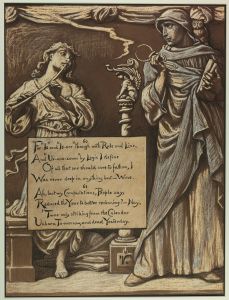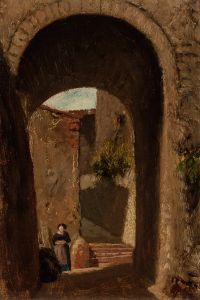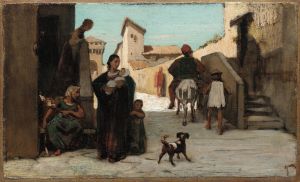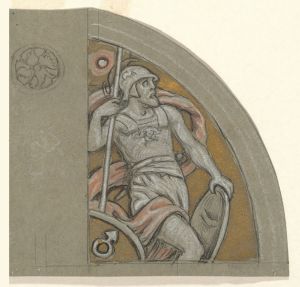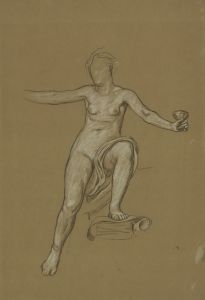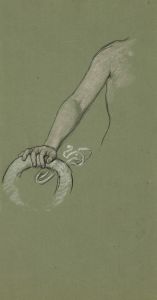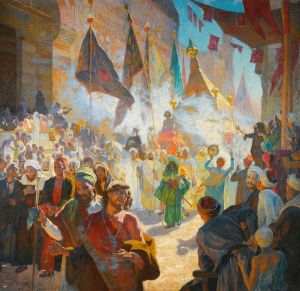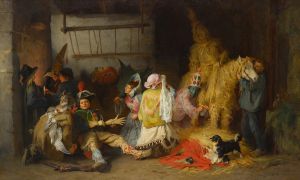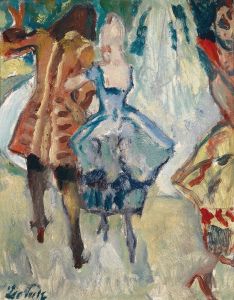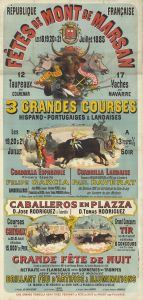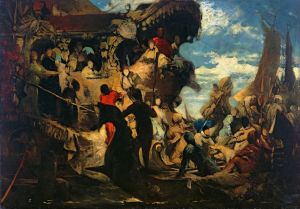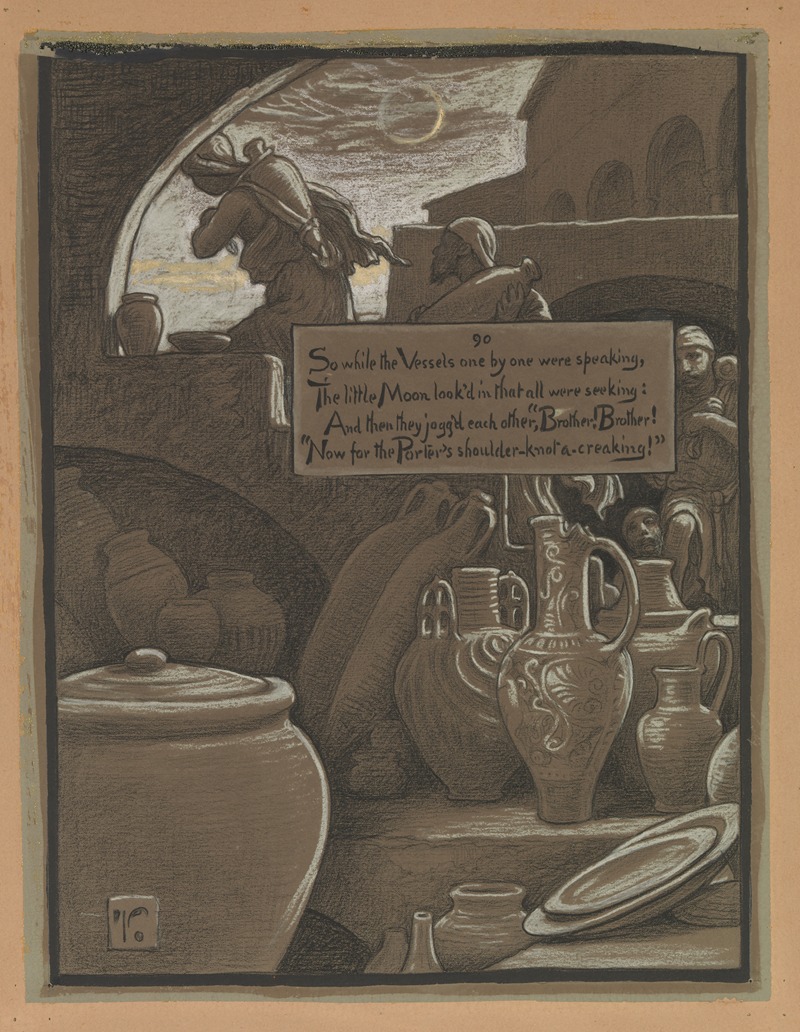
The End of Ramazan
A hand-painted replica of Elihu Vedder’s masterpiece The End of Ramazan, meticulously crafted by professional artists to capture the true essence of the original. Each piece is created with museum-quality canvas and rare mineral pigments, carefully painted by experienced artists with delicate brushstrokes and rich, layered colors to perfectly recreate the texture of the original artwork. Unlike machine-printed reproductions, this hand-painted version brings the painting to life, infused with the artist’s emotions and skill in every stroke. Whether for personal collection or home decoration, it instantly elevates the artistic atmosphere of any space.
Elihu Vedder was an American symbolist painter, born on February 26, 1836, in New York City. He is best known for his allegorical works and his illustrations for Edward FitzGerald's translation of "The Rubaiyat of Omar Khayyam." Vedder spent a significant portion of his life in Italy, where he was influenced by the Italian Renaissance and the Pre-Raphaelite Brotherhood, which is evident in his detailed and imaginative style.
"The End of Ramazan" is one of Vedder's lesser-known works. Unfortunately, there is limited information available about this specific painting, including its creation date, current location, and the context in which it was produced. However, we can infer some aspects based on Vedder's general style and thematic interests.
Vedder's work often explores themes of mysticism, mythology, and the human condition, frequently incorporating symbolic elements that invite viewers to delve deeper into the narrative. His paintings are characterized by their intricate detail, rich color palettes, and a blend of realism with fantastical elements. Given the title "The End of Ramazan," it is likely that the painting depicts a scene related to the Islamic holy month of Ramadan, which is a time of fasting, prayer, and reflection for Muslims around the world. The end of Ramadan is marked by the celebration of Eid al-Fitr, a festive occasion that includes communal prayers, feasting, and giving to charity.
While specific details about "The End of Ramazan" are scarce, it is reasonable to assume that Vedder's depiction might capture the essence of this celebration, possibly illustrating the joy, spirituality, and cultural significance associated with the conclusion of Ramadan. His interest in diverse cultural and religious themes is evident in other works, where he often explored non-Western subjects with a sense of respect and curiosity.
Vedder's artistic legacy is significant, as he was part of the American expatriate community in Rome and contributed to the cultural exchange between Europe and the United States during the 19th century. His works are held in various collections, including the Metropolitan Museum of Art in New York and the Smithsonian American Art Museum in Washington, D.C.
In summary, while specific information about "The End of Ramazan" is limited, Elihu Vedder's broader body of work provides insight into his artistic approach and thematic interests. His paintings continue to be appreciated for their symbolic depth and artistic skill, reflecting a unique blend of cultural influences and personal vision.





